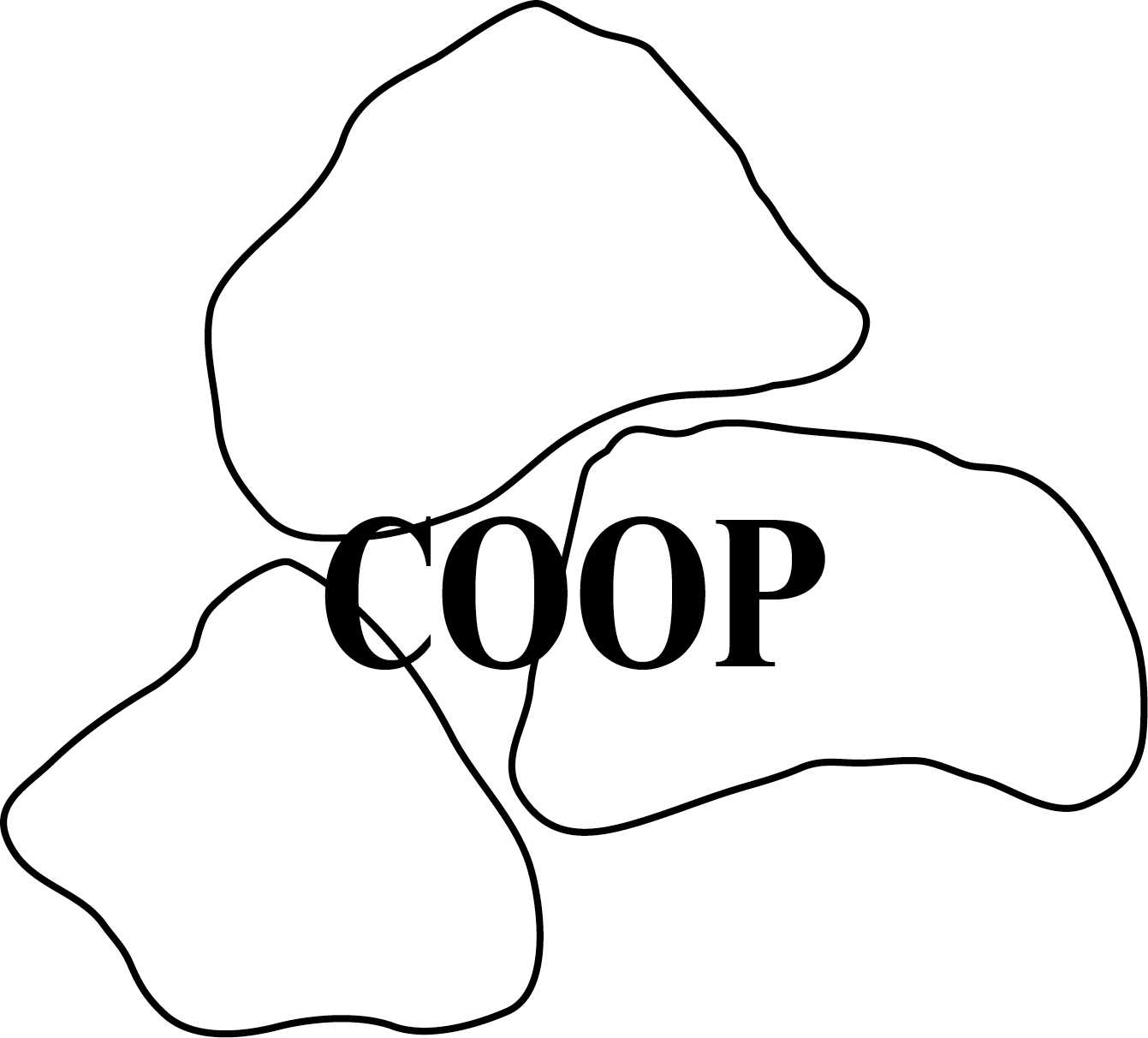2022 – 2023 COOP study group – FOREST AS IMAGE AND INFRASTRUCTURE Exploited, Assembled, Constructed, Protected, Cared for – Projections, Relations, Definitions – Forest Operational Images
Tutor team:
Guests:
Partner:
Student participants:
Adriana A. Leanza, Gloria Sogl, Julia von Schantz, Meii Soh, Ronja Sommer, Ros del Olmo, Seán Bean, Seré, Stephen McEvoy, Thamyres Matarozzi
Student led reflection:
Program:
Introduction to the program:
FOREST
This study group looks at the forest as an intersectional concept and space that encompases a diversity of interests; it is a space where no single actor has a central stake. The study process traces and taps into current debates that articulate the complexities prevailing in the forest in order to open up and enable intersectoral and inclusive relationships with various stakeholders in shaping the image of the forest in the past, present and future.
IMAGE AS AGENT
In the work of this COOP study group a variety of inquiries seek to re-constitute and reassemble images and concepts of the forest by tracing forces that are inscribed in the forest palimpsest: the stratigraphy of its processes, dissolutions of its spatial continuities, stories of colonization, extraction and the establishment of practices and methodologies to drain wetlands, utilize waterways, develop urban systems and agricultural landscapes, exploit the forest and use it as infrastructure.
The focus of this study group is the work with operational images[1], to find, identify, and study them in order to generate new ones that have the agency to shape space in relation to scientific research, innovation and industry and imaginary of the forest. How can these entanglements be reworked in order to ensure long term approaches; what shapes our understanding of transparency, sustainability and biodiversity; and how can cultural infrastructures (institutions and knowledge) be selectively used to reassemble the imaginary that is behind the socio-techno-political forces that constitute the forest environment?
INDIVIDUAL AND GROUP WORK ASSEMBLY
This study group seeks to relate to the multiple practices, organizations and institutions currently engaged with research, critical examination and representation of the forest. Within this complex context of multiple developments and ideas, individual research and work trajectories, fragments, layers, processes, practices of extraction operations, environmental movements, paradigms of sustainability, non-human, indigenous perspectives – a myriad of parts that form the forest are identified and analyzed.
Taking advantage of the two study sessions in January and June that take place in Nida, this COOP study group collaboratively works with Neringa-sourced timber in the wood workshop at NAC and studies the forest in Neringa with local experts to understand infrastructure entanglements via site visits and in discussion with invited practitioners.
Individual findings and case studies, observations and reflections will be brought together in a collaborative assembly that will be presented as a public display during the COOP Summit in Nida in June as an “image”, blueprint or set of interrelations. The display will assess what is currently at work in the forest and seek to outline future environmental relationships by unfolding and outlining what is possible to imagine. The prospect of designing and making a physical structure will help situate work produced in the coming months by a set of conceptual and physical parameters that will be collectively agreed upon.
CONSTRUCTED FOREST
Neringa Forest Architecture (NFA) project was initiated to reflect on the agency of cultural practices and institutions in framing environmental relationships. The project has its starting point in Nida, in the Lithuanian part of the Curonian Spit – a 98 km long, and 0.4–3.8 km wide sand dune that separates the Curonian Lagoon from the Baltic Sea. Here, over the past 200 years, afforestation and sequential planning on the spit have terraformed the environment to manage natural aeolian processes of wind blown sands. The unique role and duty of care for this constructed cultural landscape poses complex challenges for the agencies and institutions that maintain it declared the Curonian Spit National Park in the 1990s and later, together with the part in Kaliningrad Oblast, Russia, included it on the UNESCO world heritage list.
As a continuous programme, NFA involves a growing assembly of collaborations and participants to read this cultural landscape from myriad perspectives and practices as a case study in the context of the Baltic and Scandinavian forests – an environment of natural systems governed, exploited, and regulated by human interventions, technologies, industries, institutions and agencies. The project seeks to assemble an intersectional view of these diverse viewpoints focusing on the agency of culture in enhancing the ways to sense and understand forest.
[1] Operational image is a term defined by filmmaker Harun Farocki to refer to images that are not representations of visualizations but are instruments of the process or operation. See more in the preface to forthcoming book Operational Images, Jussi Parikka, Minneapolis – London: University of Minnesota Press 2023 (forthcoming),
https://jussiparikka.net/2022/02/16/operational-images-preface-in-the-forthcoming-book/
or : Operational Images, Trevor Paglen, E-flux Journal, Issue #59
https://www.e-flux.com/journal/59/61130/operational-images/



